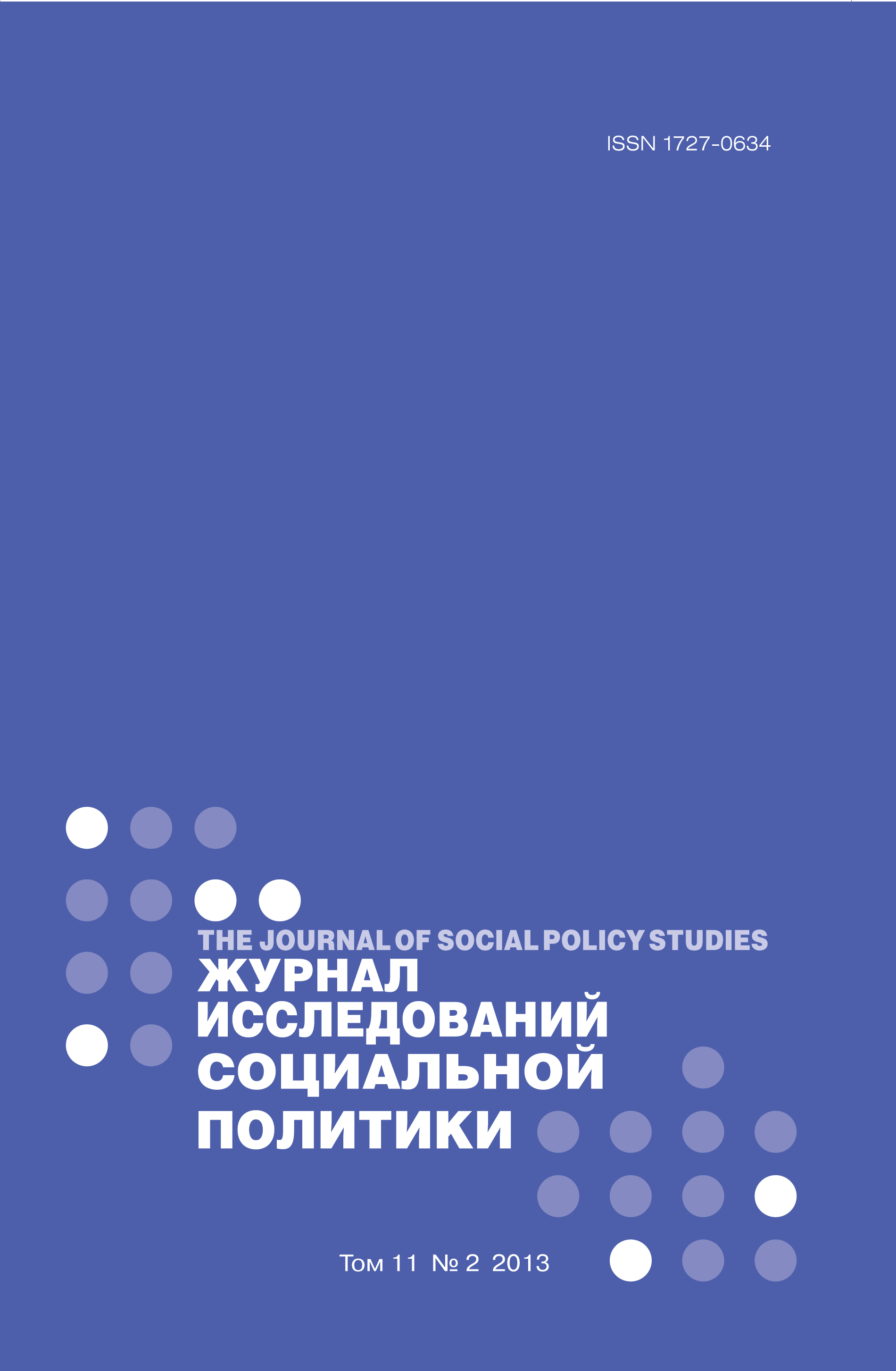Ethnocultural Associations as an Institution of Inclusion of Migrants (for Example The Armenian Community "Krunk" of Saratov Region)
Abstract
Migration has become an unavoidable part of modern communities, no less so than in Russia, which has experienced serious challenges to its migration policy. In the struggle to provide social integration to migrants, institutional resources are at a premium and are key to improving the situation. This article examines the role of ethno-cultural associations in the process of integrating migrants into the host society. The study is based on the theoretical framework of ‘social capital’, the accumulation of which is seen to be of key importance in promoting social harmony and integration of migrants. The problem is examined with reference to a specific case study of the Armenian community organization "Krunk", which is located in Saratov region. Data is based on expert and biographical interviews from members of ‘Armenian Community organisations, in which the importance of social capital in the inclusion of migrants was given special focus. The author reveals the main activities of the organization and the opportunities provided by the national-cultural community for migrants. Also reviewed are the interactions of the organization with state structures and social services. This organization is considered to be an institution of inclusion based on the results of its work with migrants. In this it works as an additional source of social capital and assistance and generally only interact with its members upon the occurrence of a key problem. These problems usually revolve around issues such as the legalization of migrants in the host society, the preservation of ethnic culture, lack of interaction with social services, lack of social networks and reduced trust to the outside community are revealed as key issues. At the same time, it is noted that ethno-cultural centres such as ‘Krunk’ do much to construct and maintain a sense of separate ethnic identity among migrants, a process that does not always help with integration. However, the services and help provided by such organisations are seen to ease the passage into a strange new land for migrants.















